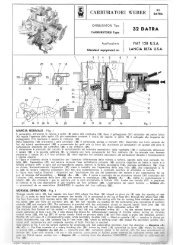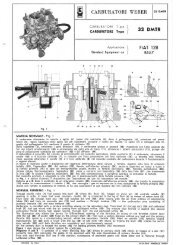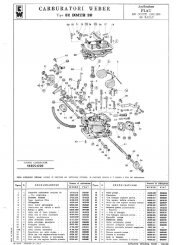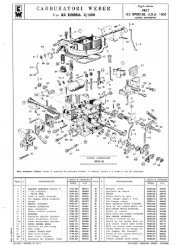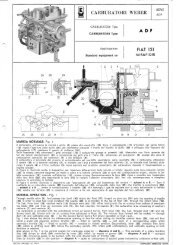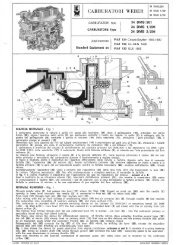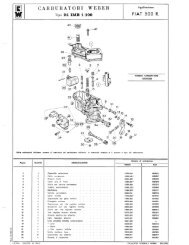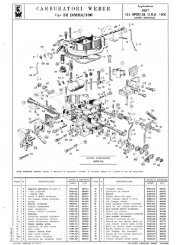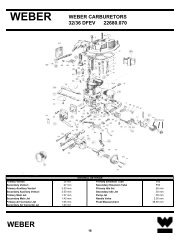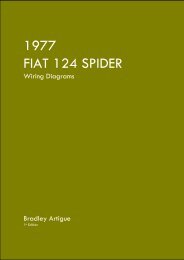Engine Maintenance and Modification Bradley Artigue
FIAT 124 Spider Engine Maintenance + Modification - Artigue.com
FIAT 124 Spider Engine Maintenance + Modification - Artigue.com
- No tags were found...
You also want an ePaper? Increase the reach of your titles
YUMPU automatically turns print PDFs into web optimized ePapers that Google loves.
FIAT 124 Spider<br />
<strong>Engine</strong> <strong>Maintenance</strong> + <strong>Modification</strong><br />
2. Concepts<br />
This section describes some of the basic things we’ll discuss throughout this guide.<br />
2.1 The Otto Cycle<br />
The most common type of operation for automotive engines is the four-stroke cycle, also<br />
known as the Otto cycle. Conceptualized in the 1870's by Nicolaus Otto (<strong>and</strong> others),<br />
the cycle has four stages of operation, beginning with the engine at Top Dead Center<br />
(TDC), when the piston is furthest from the crankshaft:<br />
• Intake: The intake valve opens <strong>and</strong> fuel <strong>and</strong> air are drawn into the engine as the<br />
piston is drawn down.<br />
• Compression: The intake valve is closed <strong>and</strong> the piston rises, compressing the<br />
mixture.<br />
• Power: The compressed mixture is ignited, the resulting explosion forces the<br />
piston down.<br />
• Exhaust: The exhaust valve opens <strong>and</strong> the spent gases are forced out as the<br />
piston rises.<br />
If you want to know more about the Otto Cycle theory <strong>and</strong> all of the mechanical<br />
engineering concepts that are involved pick up a copy of “A Practical Treatise on the<br />
‘Otto’ Cycle Gas <strong>Engine</strong>” by William Norris, Longman, Green, <strong>and</strong> Co., London, Engl<strong>and</strong>,<br />
1896. At the time of this writing it is available for download on books.google.com. It is a<br />
very old book but is wonderful at describing the basic concepts of an automobile engine.<br />
2.2 Lambda<br />
Fuel Injection systems <strong>and</strong> Carburetors have a common goal – to reach an air to fuel ratio<br />
of 14.7:1 <strong>and</strong> maintain that ratio through changing engine loads. The ratio is known as<br />
the stoichiometric air-fuel ratio for gasoline. It is commonly referred to as lambda. Any<br />
mixture less than 14.7:1 is considered rich; any mixture above is considered lean.<br />
The air fuel mixture is established on a carburetor by setting mechanical devices, such as<br />
air bleeders, fuel jets, <strong>and</strong> emulsion tubes. On a fuel injection system the mixture is<br />
constantly adjusted by a computer that varies the amount of fuel sprayed into the<br />
cylinder. Both systems rely on a stream of measured air, regulated by a throttle, to<br />
deliver atomized fuel into the engine.<br />
6



